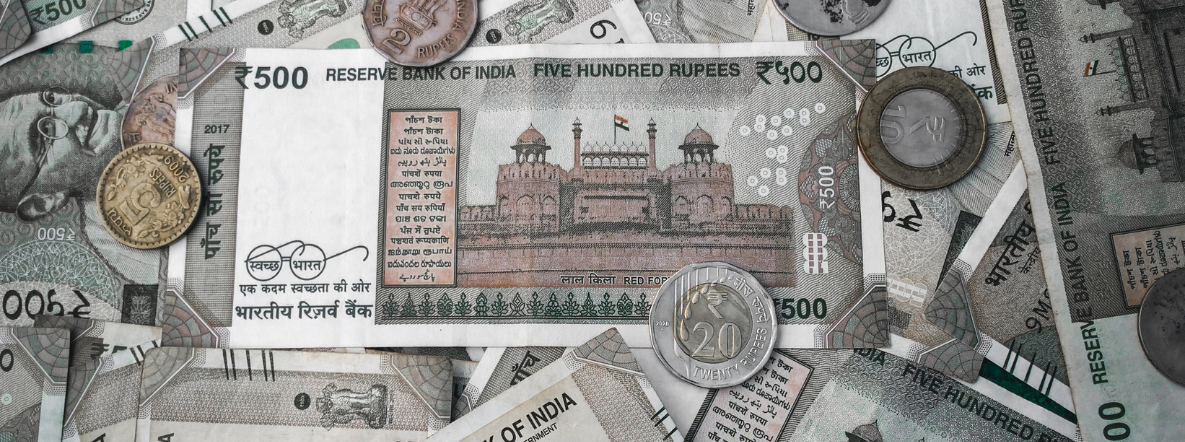Why extending a swap line to India should be in the interest of Fed as well as RBI
16 Dec 2022
Opinion: Poonam Gupta;
The likeliest benefit that India will draw from a swap line with the US is the ability to thwart any self-fulfilling speculation against its currency during a sell-off episode. India is unlikely to draw upon the swap line just as it has not drawn upon its existing swap line with Japan. Thus, a swap line with India entails zero commercial risk for the Fed.
India has just weathered with equanimity an emerging market-wide reversal of portfolio flows, lasting from November 2021 to October 2022. The capital outflows occurred due to an unprecedented tightening cycle of monetary policy by the US Federal Reserve, during which it has already raised its policy rates by 450 basis points (bps) after Wednesday’s interest hike by 50 bps, with anticipation of more to come.
India has fared better than many other large emerging markets in the tumult caused by the sell-offs. Yet, the disruptions are evident. At the peak of the reversal, the cumulative portfolio outflows from India were nearly worth $30 billion. The exchange rate with respect to the d ollar had depreciated by 10%, and foreign reserves had declined by 17%.
When the US Sneezes
This ’emerging market sell-off’ episode was not a stand-alone event. A similar exodus of portfolio flows from emerging markets took place in 2013 when Ben Bernanke first announced the intent to start tightening its monetary policy. The phenomenon played out again in 2018, when the US initiated a tightening cycle lasting for more than a year. The event has repeated itself a third time in 2022.
All three episodes bear the following commonalities: (i) The genesis of the sell-offs was due to the tightening of monetary policy by the US. (ii) They were preceded by a period of unprecedented policy easing by the US, resulting in unwarranted and inabsorbable amounts of reversible capital inflows into emerging markets. (iii) When this capital reversed, foreign investors did not discriminate between countries with either sound or shaky fundamentals. The large emerging economies with liquid markets faced a larger brunt as investors found it easier to rebalance out of such countries. (iv) Even if each episode lasted only for a few months, their gravity placed a question mark on the effectiveness and adequacy of the policy toolkit available to the central banks.
Managing these reversals necessitated a delicate balancing act in which the central banks allowed their exchange rate to depreciate gently, simultaneously using forex reserves to avoid large fluctuations in the exchange rate. They postponed expansive fiscal policy measures to reduce pressure on their currencies. They matched the tightening of US monetary policy by tightening their own policies, even if the latter was not amenable to their domestic economic cycles.
RBI has managed these shocks well by effectively deploying the entire policy toolkit. Yet, it could have ostensibly handled the situation with even milder financial and economic disruption if it had access to a swap line with the US Federal Reserve Board.
Swap agreements allow central banks to exchange their currencies with each other. Evidence shows that swap lines with advanced-economy central banks have enabled the emerging markets to better handle the sell-off episodes. The recipient countries can portray larger liquidity in foreign currency beyond the stock of foreign reserves they hold. This signalling helps them ward off speculative pressure on their currencies, even if they eventually choose not to withdraw from such a facility.
Sharing is Caring
The most credible and effective swap line has been the one signed with the US. Countries with access to the US swap line have managed to ride the sell- offs with less volatility, a milder rate of exchange rate depreciation, and a smaller increase in the yields on sovereign debt. The US has provided swap facilities to several advanced economies, but only a few select emerging countries, including Brazil, Mexico, Singapore and South Korea. It has not entertained India’s repeated requests as it has not considered India to be of sufficient economic and strategic importance.
This is a mistaken approach adopted by the US, for India matters to the US and to the world in a number of significant ways: (i) India is the fastest-growing large emerging market in the world. It adds more to global growth, and has a larger bearing for the US growth than do any of the aforementioned emerging markets. (ii) India is home to a considerable amount of investments from the US. So, its economic stability is of considerable economic significance to the US. (iii) India has consistently exhibited macroeconomic prudence. The US ought to make a distinction between a country like India that seeks only temporary liquidity support and other countries that need support due to their long-term unsustainable economic policies or outlooks.
The likeliest benefit that India will draw from a swap line with the US is the ability to thwart any self-fulfilling speculation against its currency during a sell-off episode. India is unlikely to draw upon the swap line just as it has not drawn upon its existing swap line with Japan. Thus, a swap line with India entails zero commercial risk for the Fed.
With sustained economic prudence, when bolstered by the setting up of a swap line with the US Fed, Indian policymakers will need to spend less time and effort in managing the volatility caused by spillovers emanating from US monetary policy. They can, instead, focus on devising policies that would contribute more to global growth and the creation of vital global public goods.
Published in: The Economic Times, 16 Dec 2022






